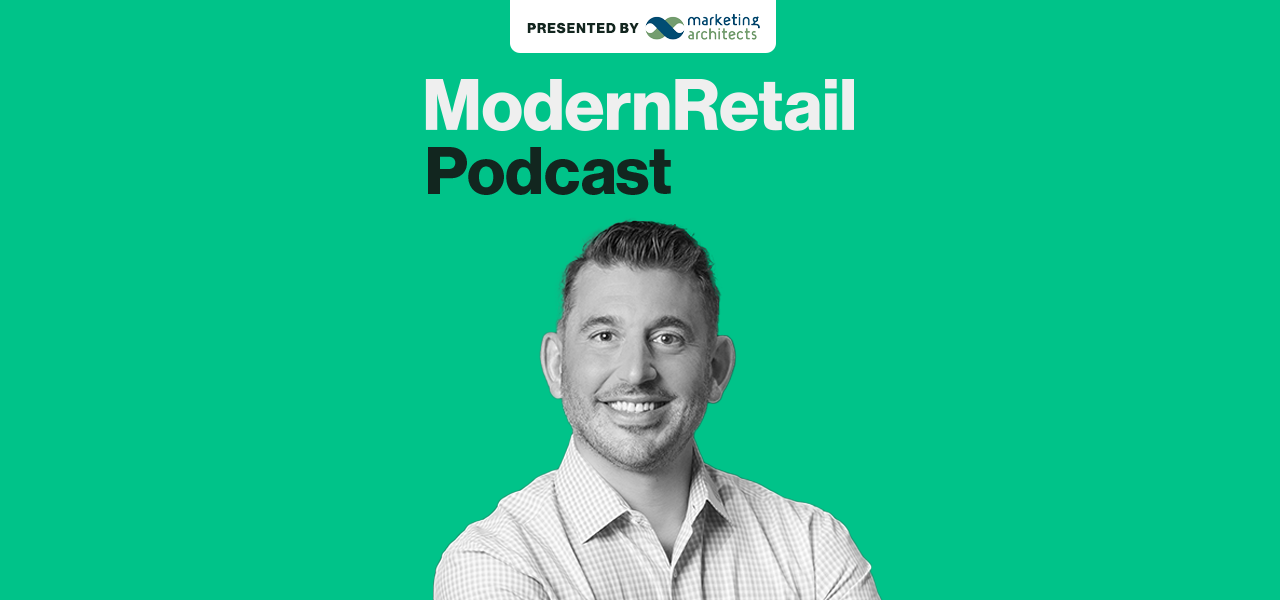‘We exist to fail’: FirstBuild president André Zdanow on building an innovation arm out of GE Appliances

Subscribe: Apple Podcasts • Spotify
FirstBuild is the arm of GE Appliances where inventors actually get to invent things.
It’s a division of the behemoth corporation that aims to come up with new types of gadgets, test their viability and then bring them into the world. And it operates independently of its parent, GE Appliances, and uses community building and crowdfunding to get projects off the ground. Some of its most popular products include a nugget ice maker and countertop pizza oven.
So, how such a division exist within such a large corporation? André Zdanow, FirstBuild’s president, joined the Modern Retail Podcast and described its evolution.
FirstBuild first began around 2014 as a way to work with upstart engineers and test out new types of products. But it has grown into a standalone organization, and each product has its own unique lifecycle. Some are built thanks to successful crowdfunding campaigns, others are instantly scooped by GE Appliances because they know it will be a hit. Some products are sold through an Amazon store, others on Amazon or via big-box retailers. As Zdanow described it, each FirstBuild product “depends on the product and the business that’s gonna take it and the business model.”
But the major difference between Zdanow’s group and GE Appliances as a whole is the process. The idea, he said, was to “get away from the bureaucracy of a large corporate; there are a lot of things that are great about the scale you get when you become our size, or near our size. And one of those things is not speed.”
Zdanow knows a thing or two about building products fast. Before joining GE Appliance, he worked at Quirky, a platform that aimed to help inventors get their ideas off the ground.
Ad position: web_incontent_pos1
Lessons from Quirky’s early days likely informed how FirstBuild got off the ground, but Zdanow said the two are different — especially in the types of community members it targets. And now that FirstBuild has been around for over a decade, it’s been able to create an insulated nook of innovation.
The company is always looking for new products to build and different problems to solve — but the emphasis is always on trying something new. “We exist to fail,” he said. “So like 93% of the ideas that we come up with will not ever be produced. It’s almost a hedge fund model in that way.”
Here are a few highlights from the conversation, which have been lightly edited for clarity.
How FirstBuild lives alongside GE Appliances
“I would say there were really two main kind of drivers to why FirstBuild was created. So it was really the brainchild of the current CEO of GE Appliances, Kevin Nolan. At the time, he was the chief product and technology officer. But the idea was really twofold: to extricate ourselves — get away from the bureaucracy of a large corporate; there are a lot of things that are great about the scale you get when you become our size, or near our size. And one of those things is not speed. And the second one is being actually close to the consumer, and really being at the leading edge of innovation… So the idea was, let’s flip this on its head, let’s take the good things about GE Appliances — we make great products; we know a lot about mechanical engineering, electrical engineering, let’s bring those processes with us and jettison everything else.”
Expanding the definition of appliances
“I think appliance-like qualities was a paradigm we used to operate under. I’m really trying to mythbust that. The dictionary has a great definition of an appliance because it’s super ambiguous. And it’s like: any artifice that was designed to accomplish a specific task. If you actually look at the definition of appliance, anything could be applied. So I’m trying to push that on the team.”
Ad position: web_incontent_pos2
‘We exist to fail’
“We exist to fail. So like 93% of the ideas that we come up with will not ever be produced. It’s almost a hedge fund model in that way. We have to be successful with 5% to 10% of our ideas actually being commercially viable. But we’re always looking at organic engagement, and we run always-on marketing. And so we are looking at the non-statistical stuff like people’s comments and engagement — we try and watch engagement. Engagement matters. We’ve had things we kept alive, where everyone said they didn’t love it. But they kept commenting on it — there was something there. For some reason the engagement was through the roof, even though it was negative.”

